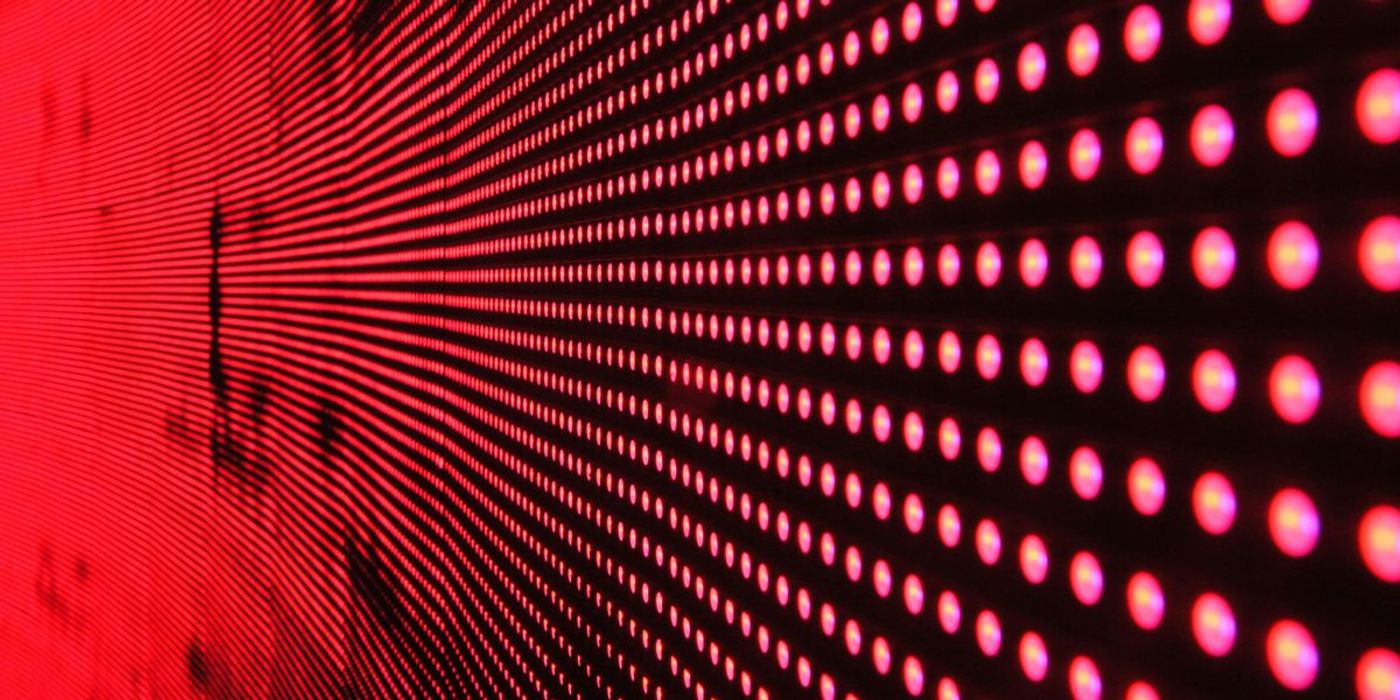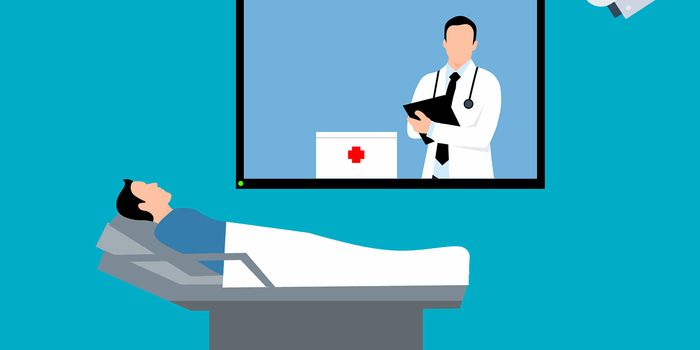Infrared Light Therapy Shows Promise for Mild Traumatic Brain Injury
Transcranial infrared light therapy aided tissue repair in rat models of mild traumatic brain injury (mTBI). The findings may pave the way for a new therapeutic option for mTBI. The corresponding study was published in Bioengineering & Translational Medicine.
Traumatic brain injury (TBI) is a common cause of death and disability worldwide, especially among young people. While moderate or severe TBI can have a profound effect on health, even mTBI can result in persistent symptoms. Over half of people with the condition report ongoing symptoms that last for more than six months, such as headaches, depression, cognitive symptoms, and balance problems. Currently, there are no recognized interventions that promote brain recovery from the condition.
In a previous study, the researchers behind the current work showed that photobiomodulation (PBM) significantly reduces the number of apoptotic cells in in-vitro models of the rat hippocampus. In the current study, the researchers investigated the use of PBM in rat models of mTBI. They examined the effects of two wavelengths of near infrared light (660nm and 810nm) on recovery following injury. Rats were exposed to two-minute bursts of infrared light delivered by laser on a daily basis for three days after injury.
Ultimately, the researchers found that rats who underwent infrared light therapy displayed significant reductions in astrocyte and microglial cell activation, both of which play a critical role in brain inflammation following head trauma. They also noted significant reductions in biochemical markers of apoptosis.
Four weeks later, the researchers observed significant improvements in the rats’ performance in functional tests involving balance and cognitive function. The therapy also shortened recovery times relative to controls, with the best recovery outcomes occurring for those treated with a wavelength of 810nm.
“We want to develop this method into a medical device that can be used to enhance recovery for patients with traumatic brain or spinal cord injury, with the aim of improving outcomes for patients," said study author, Prof Zubair Ahmed of hte Institute of Inflammation and Ageing at the Universiy of Birmingham in a press release.
When discussing limitations, the researchers noted that the findings may not apply to moderate to severe head injury types due to differences in underlying pathology between moderate to severe TBI and mTBI. They further noted that the model of mTBI used in this study (‘mild weight drop injury’) may not establish the effects of other kinds of TBI. The researchers are currently seeking commercial partners to co-develop a device for market release.
Sources: Neuroscience News, Bioengineering & Translational Medicine









